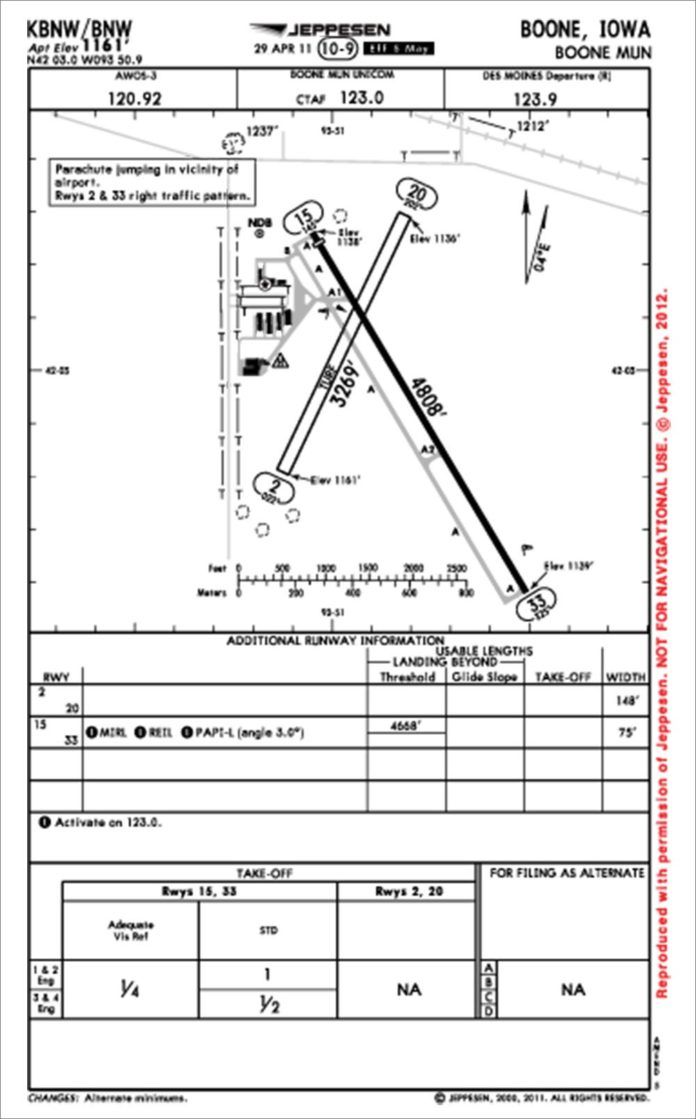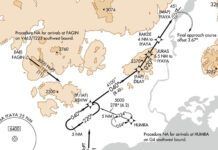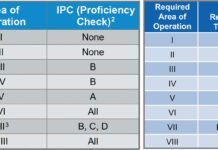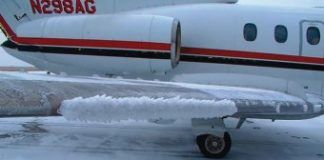I love GPS. It’s absolutely great the way you can program the most complex route from anywhere to anywhere else. With a little help from your friends at the other end of the radio, you can often even just make a straight (great-circle) line to your destination, or at least to some intermediate point. GPS is great.
It even helps once you land by showing you a diagram of the airport and your location on it. All you have to do is follow a few basic instructions from the ground controller and you’re golden, right? And if you’ve arrived at a non-towered airport, you just figure out your own route and “taxi to parking,” right? Not quite. Unfortunately, you can’t program the GPS with the taxi route.
Not Always That Easy
At a large towered airport the taxi instructions might be specific, but following those instructions can be difficult. Taxiway markings can be confusing with the taxiways close enough together that finding or following the right sign is all but obvious. Slow down and be deliberate at each intersection, consulting both the signs on the ground and the airport diagram.
There are often multiple routes to your parking, and the desired route may not be apparent. Finally, even at the smallest, non-towered airports, actually knowing where to park can be a challenge by itself.
You should first study the airport diagram on the Jeppesen 10-9 page for your airport, or in the FAA Terminal Procedures Publication. Sometimes it’s obvious where the transient parking is. Most times it’s not. But even if it’s not, you can often narrow the search to a couple prime suspects and with a little effort narrow it down from there.
If there’s an FBO involved, a phone call can often fill in the blanks. Last resort is to try calling the airport office, but that frequently yields unsatisfactory results as not all small airports are staffed all the time. Or at all.
Back to the airport diagram. Look at Boone Municipal Airport, Boone, Iowa. It doesn’t clearly show where the transient parking might be located, but you can make an educated guess that it’s on the west side, accessible from either taxiway A1 or B. If you can’t get your answer in advance, you’ll probably be able to find out when you get there.
Oh, and please just because you see aircraft tied down, don’t assume they’re transient. Most local airports have assigned tie-down spots for permanent residents. Often these are adjacent to the transient parking, so if you see airplanes tied down you can usually find the transient parking area close-by. However, some airports have separate ramps that are all private. So, don’t assume that all tie-down areas include transient parking.
Which Way To Go?
While determining where to park may be the most difficult at smaller airports, it’s often easy at larger airports, but the route can be complex. For a baptism-by-fire example of this, let’s look at the mighty Chicago O’Hare International.
You called ahead to Signature and they told you they’d be delighted to park your Warrior for a few nights. While the wisdom of actually doing that is a topic for another time, you’ve decided to brace for the thrill of a lifetime and are going to do it. You locate GA parking on the Jepp 20-9. This is easy at O’Hare. Look in the northeast quadrant of the airport diagram.
On the day of your arrival the wind is blowing 25 knots out of the east. Runway 9L (northernmost runway) is closed and they’re using 9R for take-offs. With that wind you request and are granted Runway 10 for your planning.
You can expect detailed taxi instructions, perhaps even a progressive, but you should have a good idea how you’re going to get to the ramp. Take another look at the diagram. You know you’re not going to need more than a thousand feet of runway in this wind, so you consider exiting to the left on ZH. At this point, though, you don’t know whether you can expect to go east on M or northeast on T10. But if you think this through, you can give it an educated guess. Taxiway T10 takes you right into the middle of all the airline gates, and nobody wants you there. Chances are higher they’ll have you go east on M.
Best Laid Plans
As you’re flipping pages, though, you notice those low visibility taxi routes that you always ignore. You see one for Runway 10 and assume that even though it’s for low-visibility, it will probably give you a good hint on what to expect with your arrival. It does. You flip a few more pages and notice that there’s even a page for itinerant aircraft procedures. You work that into your plans.
Sure enough as you’re cleared to land, Tower tells you to keep your speed up and plan to exit left on M3—about 7000 feet down the runway. Once clear, Ground gives you M3, F, B, H3, MM and TT to the ramp. Since you planned and rehearsed that in your mind, you read back the instructions like you know what you’re doing. You then taxi unmolested to the ramp, where you contact Signature for ramp control and they tell you where to park. Relax.
You and your Warrior just survived one of the busiest airports in the country. Now, it’s time for that adult beverage to help calm your nerves.





